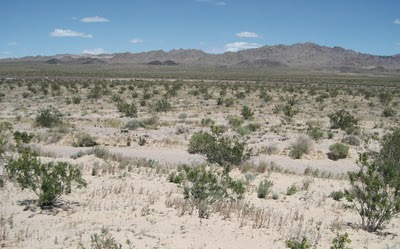Ivanpah Solar Project May Displace or Kill Hundreds of Tortoises
The Bureau of Land Management (BLM) now estimates that BrightSource Energy LLC's Ivanpah Solar Energy Generating System (ISEGS) could displace or kill as many as 140 desert adult tortoises, and hundreds of juveniles which are harder to detect during construction. When the Department of Interior and California Energy Commission initially approved the project, located in the northeastern Mojave Desert, they expected to encounter 38 tortoises on the site. However, according to the monthly biological compliance report, the construction crews working on the first phase of the project (only a third of the total project) had already displaced 49 tortoises as of February, strongly suggesting that initial biological surveys underestimated the potential biological impact of the project. The project's destructive impacts leave many asking why BrightSource Energy chose to build its facility on pristine habitat when thousands of acres of already-disturbed land and open roof...


